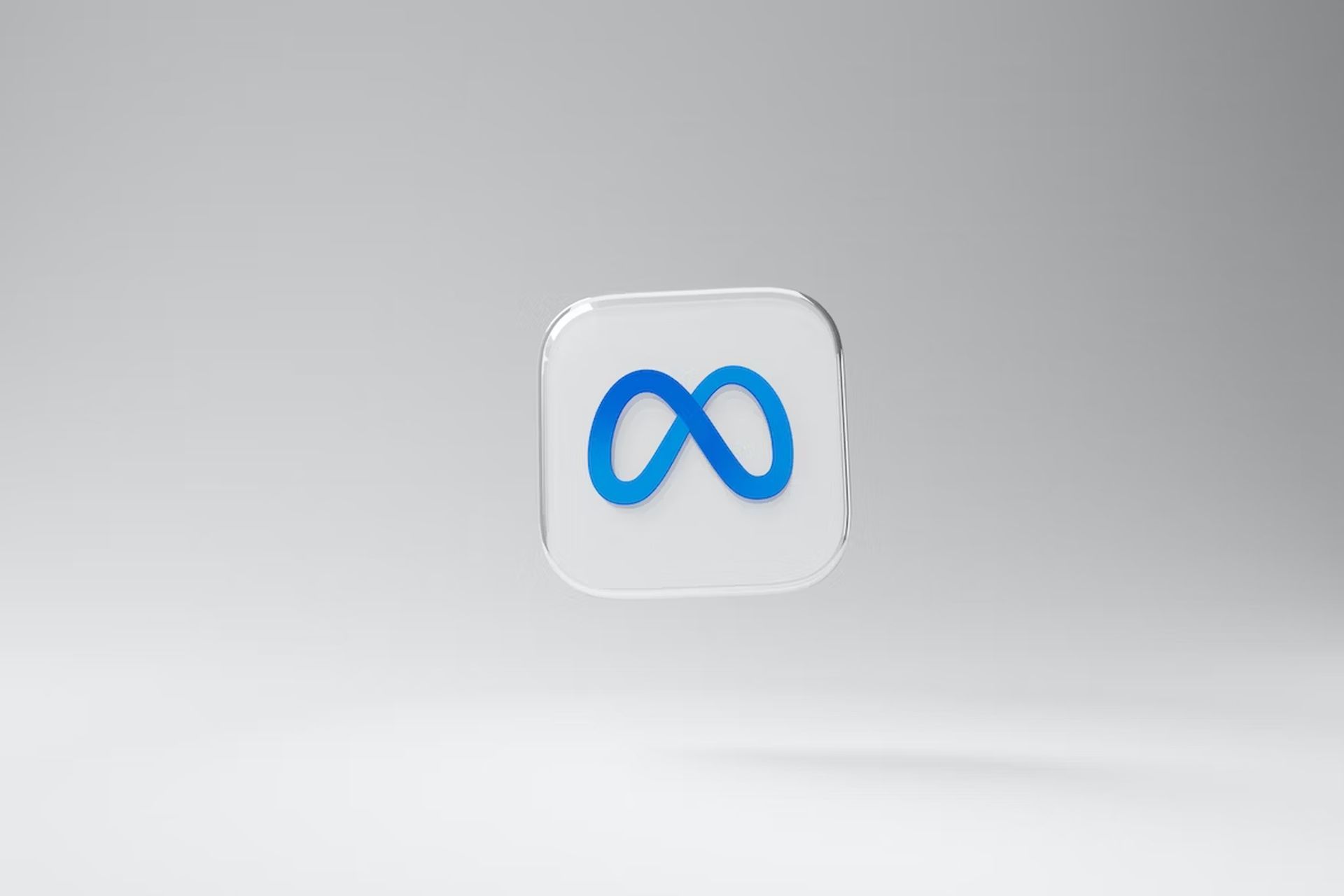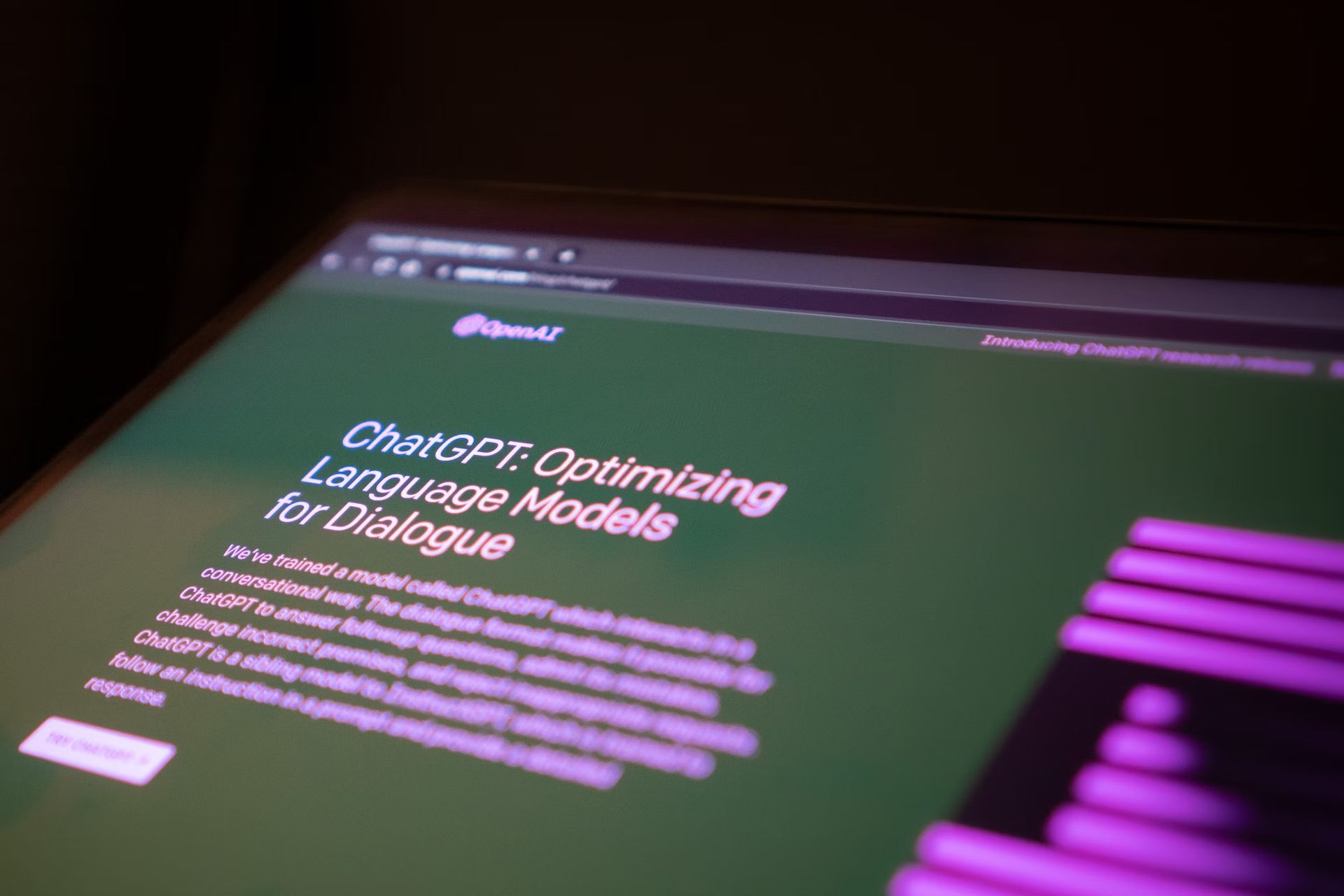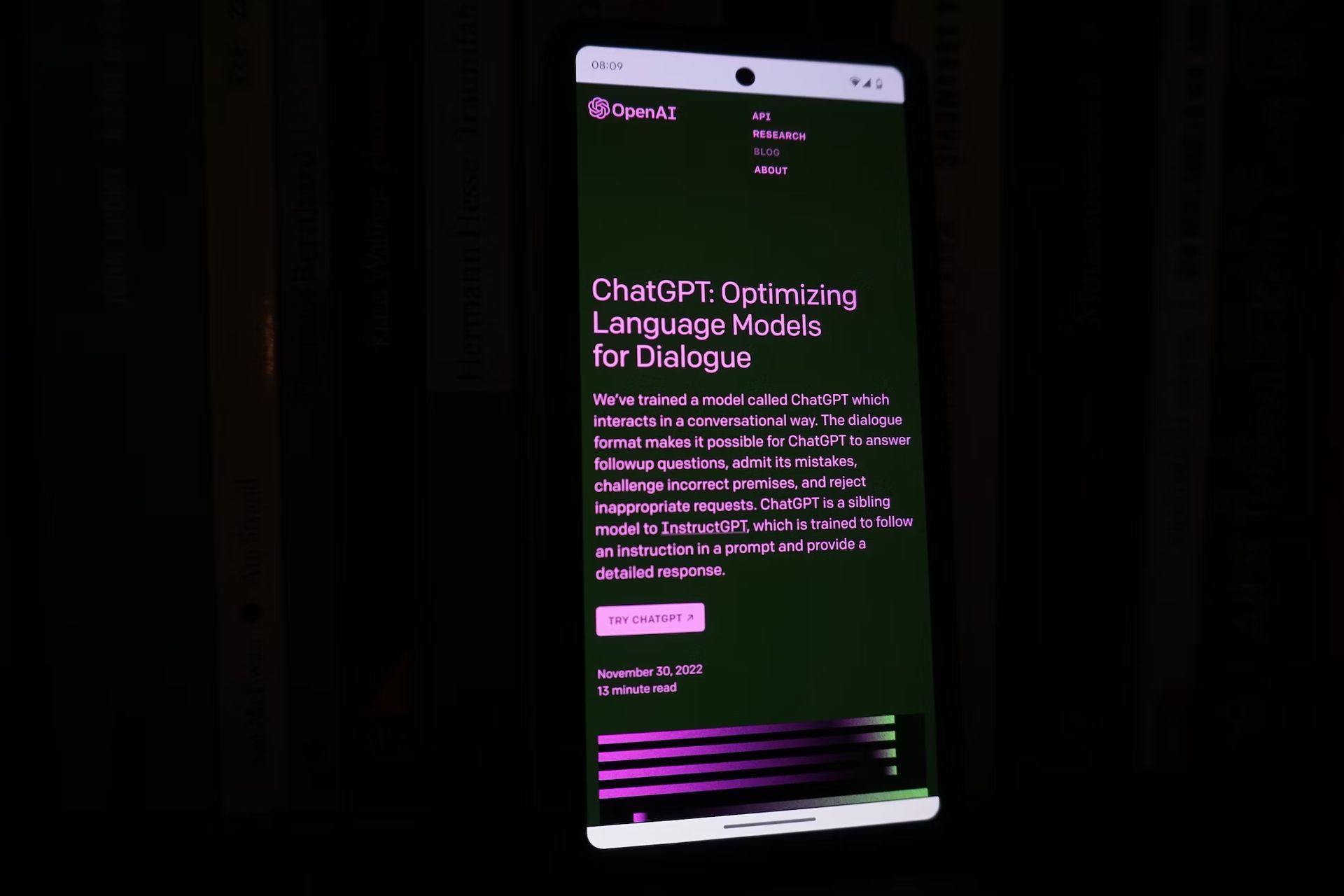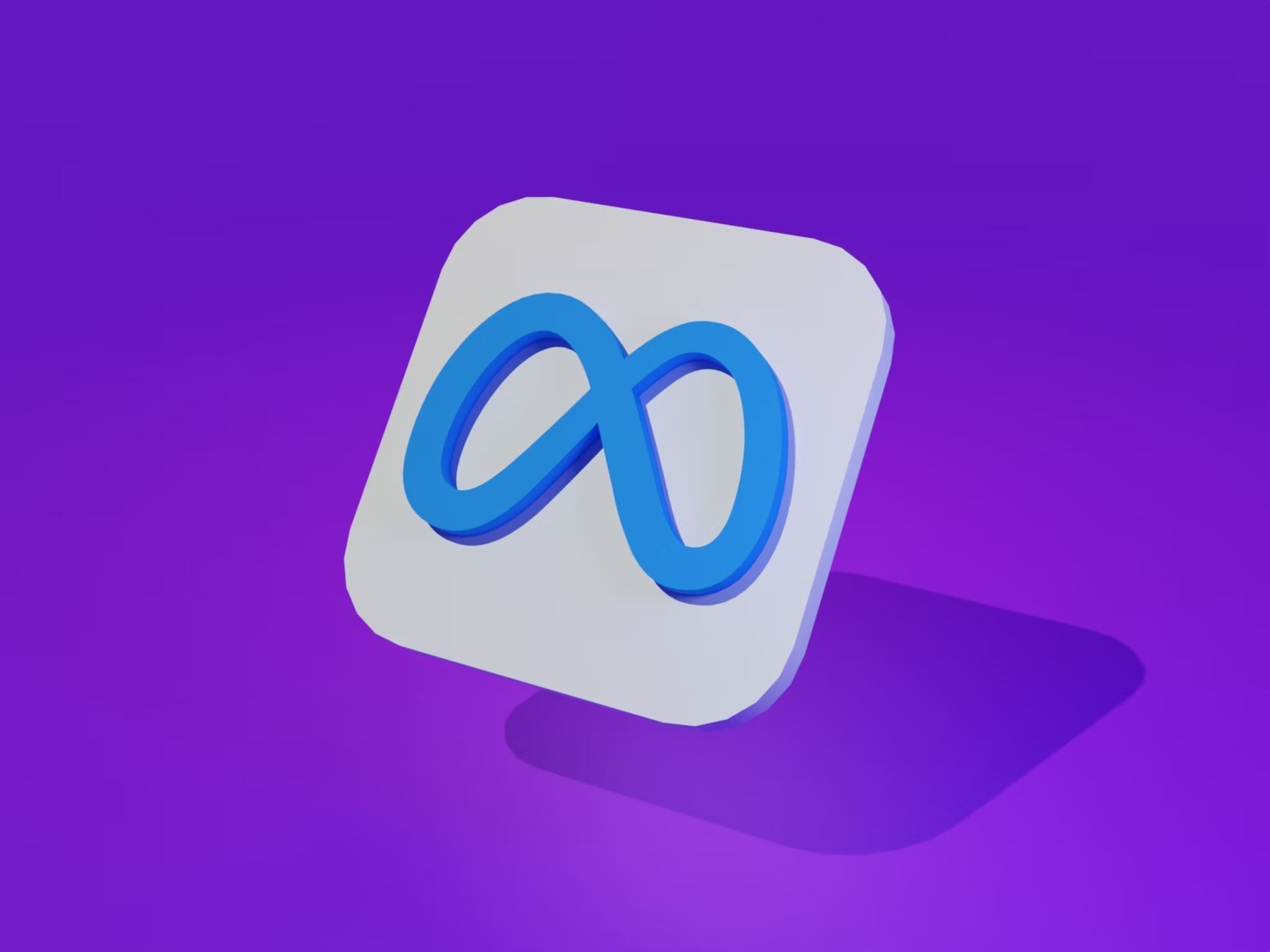Ready for a showdown? We’re talking Llama vs ChatGPT – two of the most talked-about titans in the realm of artificial intelligence that are reshaping the landscape of Large Language Models (LLMs). These mighty tools, proficient at generating text that almost feels like it sprang from a human mind, have become central to AI advancements. So, let’s kick back, relax, and dive deep into the nuances that separate and unite these two powerhouses.
Wondering what’s behind the labels of Llama and ChatGPT? Well, both represent LLMs that excel at creating convincing, human-like text, making them perfect for an assortment of applications. They share a substantial common ground, yet certain key distinctions give each its unique flavor.
What is Llama?
Let’s introduce Llama first, the relatively new kid on the block, created by Meta. The acronym stands for Large Language Model Meta AI, and its claim to fame lies in its efficiency and low demand on resources. This makes Llama accessible to a broad user base, including researchers and organizations who can tap into its potential under a non-commercial license.
By the way don’t miss Llama 2, the latest iteration of the model.

What is ChatGPT?
In contrast, the veteran in this Llama vs ChatGPT showdown, ChatGPT, has been around the block and enjoys a reputation as one of the most advanced generative AI systems. Brought to life by OpenAI, a pioneer in AI research, ChatGPT is celebrated for its knack for creating natural language text that rivals human composition.
How do they work?
Wondering about the nuts and bolts of how Llama and ChatGPT work? Both of these champs utilize transformers, a type of artificial neural network employed in machine learning to decipher colossal data volumes and then use this data to whip up fresh content or predictions.

Llama vs ChatGPT
Despite their similarities, size is a striking distinction in the Llama vs ChatGPT debate. Llama was built with efficiency in mind, making it a lean, mean machine compared to other LLMs. Although it might have fewer parameters than some of its peers, it compensates with sheer efficiency.
In contrast, ChatGPT is a heavy lifter with a staggering 175 billion parameters, one of the most extensive LLMs on the market. It does require some serious computational muscle to operate, but the payoff is its ability to produce intricate and refined language.
Both Llama and ChatGPT train using unsupervised learning, meaning they don’t need human-tagged data to evolve. They are both fed massive quantities of text from the internet or other sources, and from these, they learn to concoct new text based on the patterns they’ve absorbed.
But remember, no two LLMs are alike. Llama is trained on a rich tapestry of texts, from scientific articles to news stories, while ChatGPT’s training leans more towards internet texts like web pages and social media posts. This suggests Llama might have a knack for crafting technical or specialized language, while ChatGPT might be your go-to for more casual, conversational lingo.
In the end, both Llama and ChatGPT, in their epic Llama vs ChatGPT face-off, prove to be powerful allies in our quest to harness natural language processing. Their differences and strengths fuel a range of potential uses from chatbots to content generation, and who knows what else the future might bring. The revolution is here, and these two are leading the charge.

Pros and cons
Each contender in the Llama vs ChatGPT match-up brings unique pros and cons to the table. Llama, with its compact form and non-commercial license, stands out for its efficiency and wider reach. However, due to its leaner parameter set, it may not pack the same punch as some of its heavyweight counterparts.
On the flip side, ChatGPT, as a true titan of LLMs, can craft complex, nuanced language, demonstrating its prowess. But this comes with a cost, as its bulky size and intense resource demands could pose a challenge for some developers and researchers.
The road to fine-tuning these models isn’t a walk in the park either, potentially limiting their reach and utility for certain applications. It’s crucial to weigh these considerations when selecting an LLM for your specific project or task.
The applications for Llama and ChatGPT can differ significantly, influenced by their individual strengths and weaknesses. Llama, streamlined for efficiency and user-friendliness, can be a boon for diverse applications. Whether you need a chatbot or language translation tool that values speed and efficiency, or a research tool that allows quick training and testing of models, Llama can rise to the challenge.

Meanwhile, ChatGPT has carved a niche for itself with its sophisticated and rich language generation capabilities, making it a valuable asset for natural language generation tasks. Whether it’s for weaving creative writing pieces, automating news stories, or even generating scripts for films and TV shows, ChatGPT stands tall.
| Aspect | LLaMA | ChatGPT |
| Creator | Meta | OpenAI |
| Size | Smaller, more efficient and less resource-intensive | Larger, with over 175 billion parameters |
| Training Data | Diverse range of texts (scientific articles, news articles, etc.) | Primarily internet text (web pages, social media posts, etc.) |
| Accessibility | More accessible due to its smaller size and non-commercial license | May be less accessible due to its larger size and resource-intensive nature |
| Strengths | Efficiency, accessibility, suitable for various applications such as chatbots and language translation tools | Able to generate sophisticated and nuanced language, ideal for creative writing, automated news stories, script generation |
| Challenges | Less powerful due to fewer parameters | Resource-intensive, potential challenges in fine-tuning |
| Ideal Use-Cases | Research, language translation, chatbots | Creative writing, generating news stories, scriptwriting for movies and TV shows |
Final verdict
Wrapping it up, in the Llama vs ChatGPT face-off, both contenders are impressive transformers-based language models that have carved their own paths. Llama, with its efficiency and accessibility, caters to a wide range of applications, from chatbots and language translation tools to research use-cases.
On the other hand, ChatGPT’s strength lies in its ability to generate sophisticated, nuanced language, making it a great fit for tasks like creative writing, automated news reports, and script generation.
Each model has its unique set of strengths and challenges, and the ideal choice largely depends on the specific needs and resources of the user. Together, Llama and ChatGPT exemplify the significant strides made in natural language processing, opening new doors for how we communicate and engage with machines.
Featured image credit: Kerem Gülen/Midjourney





